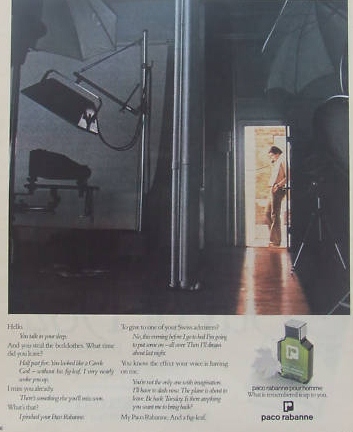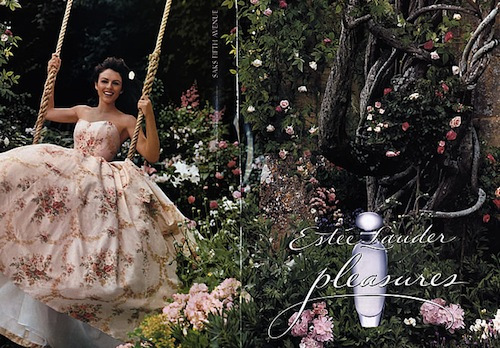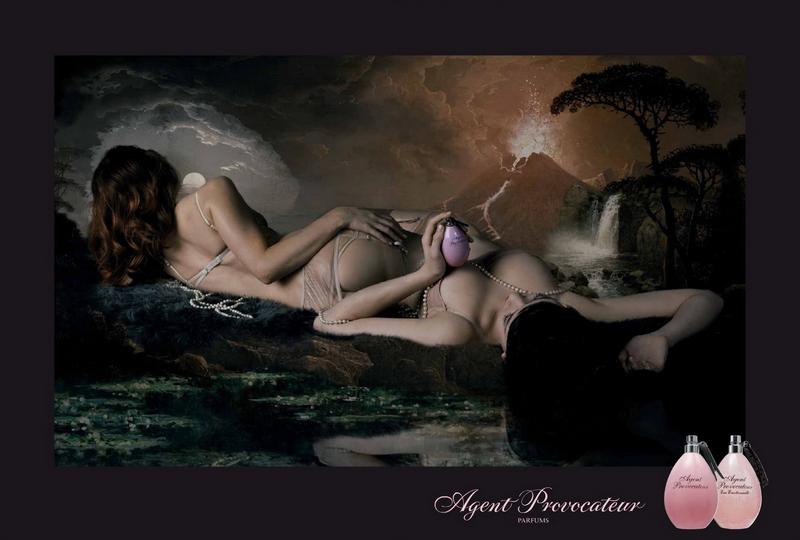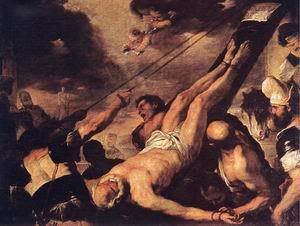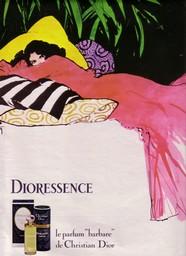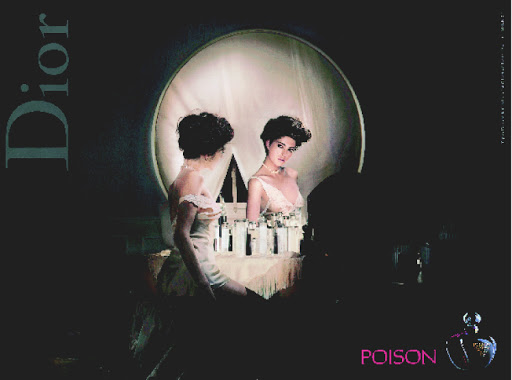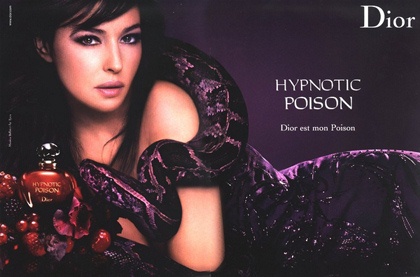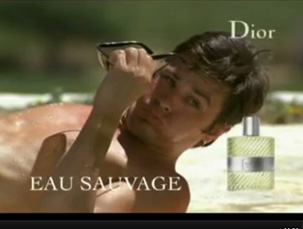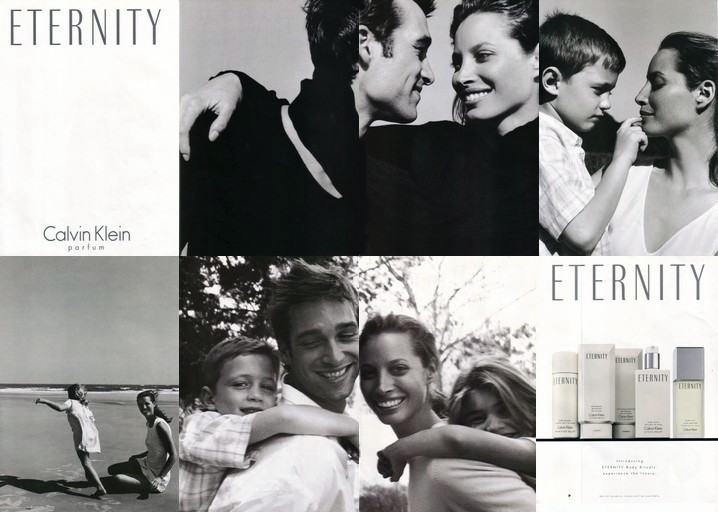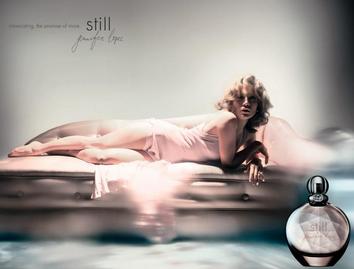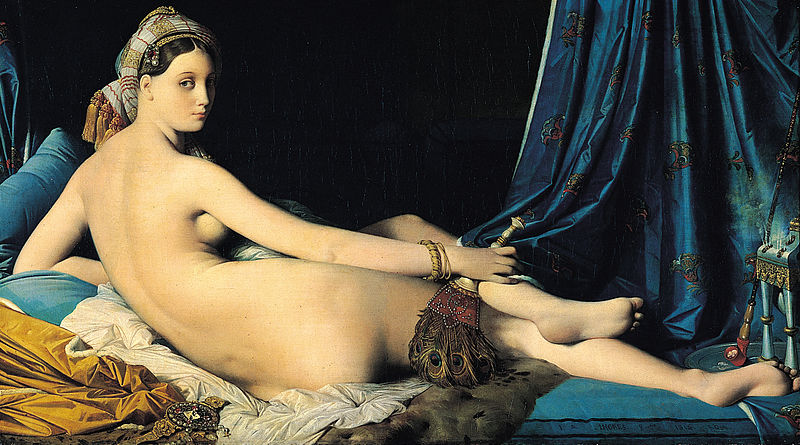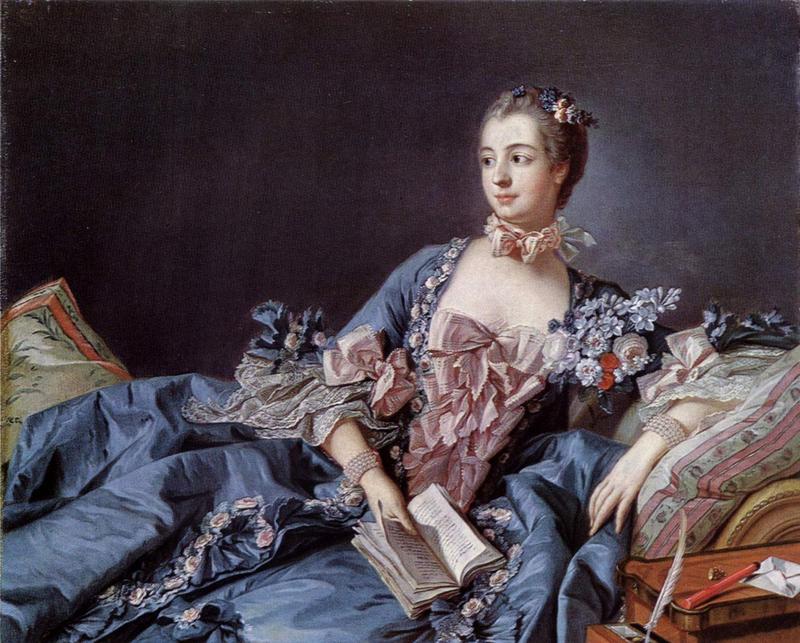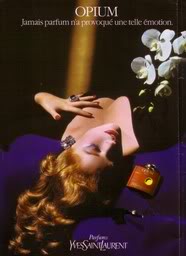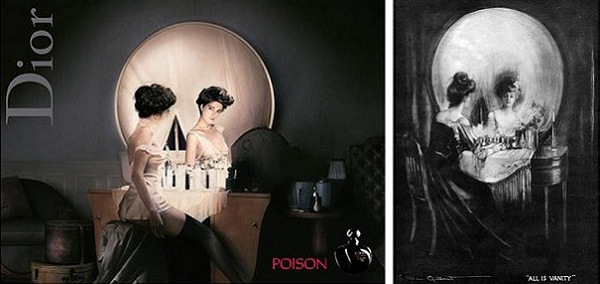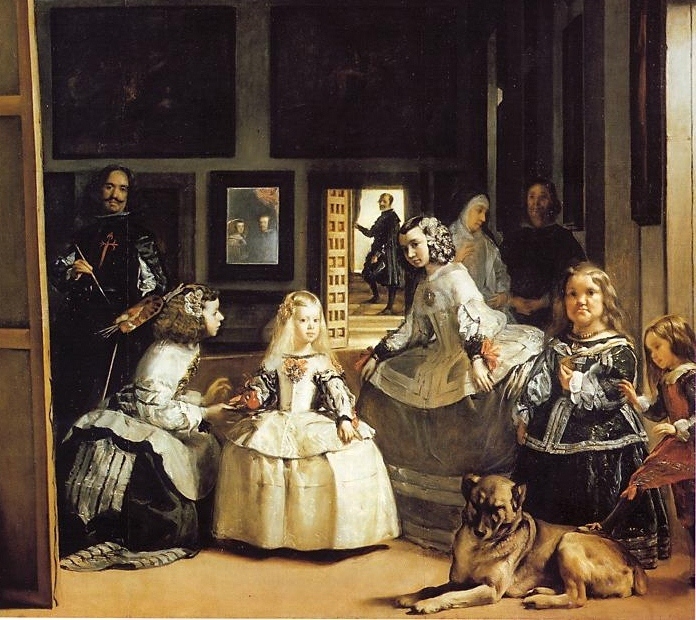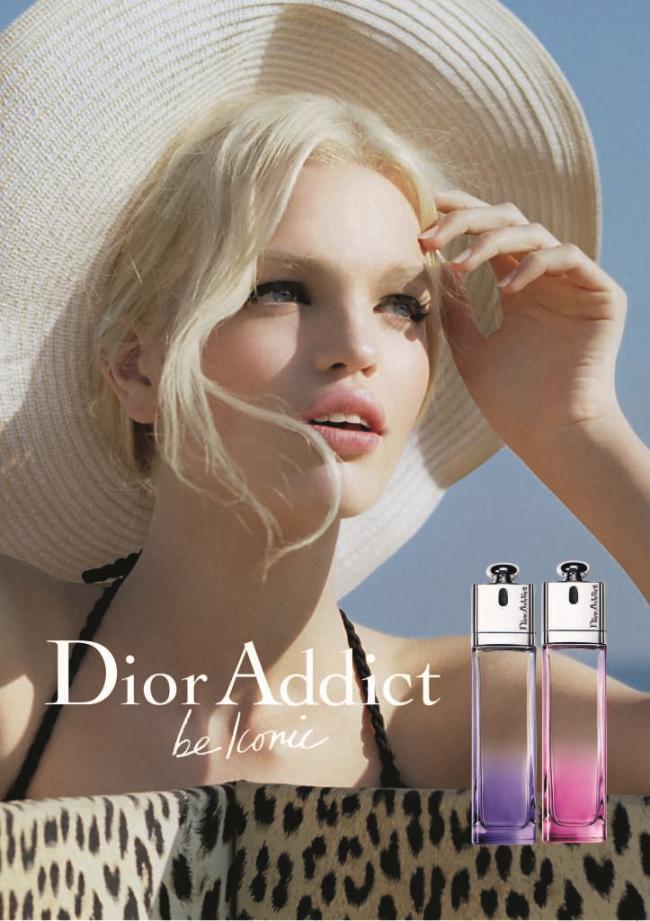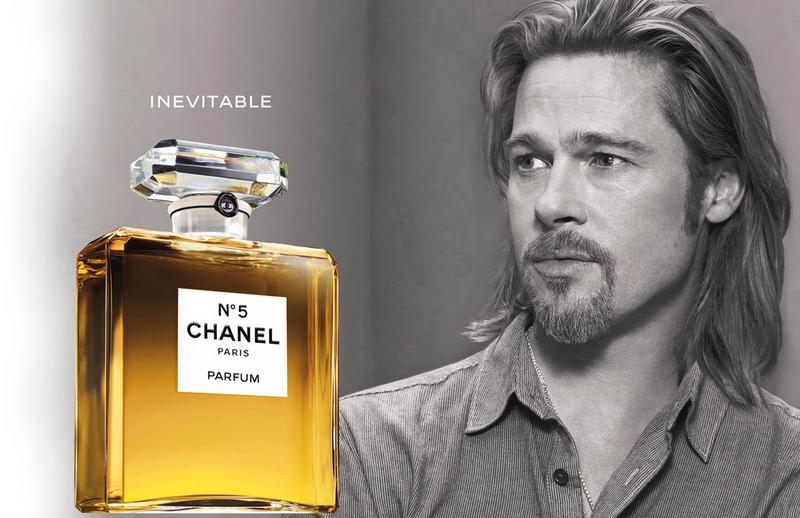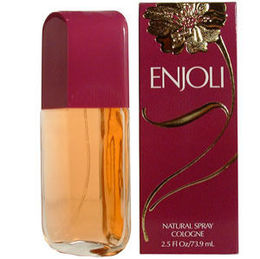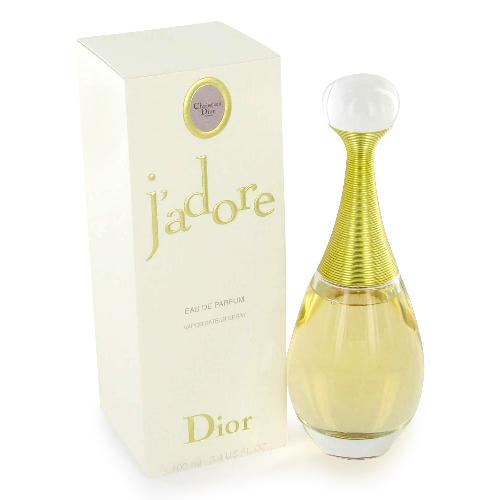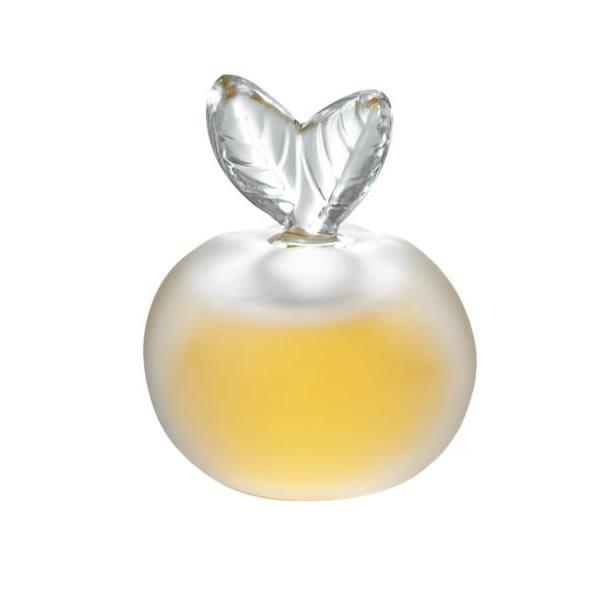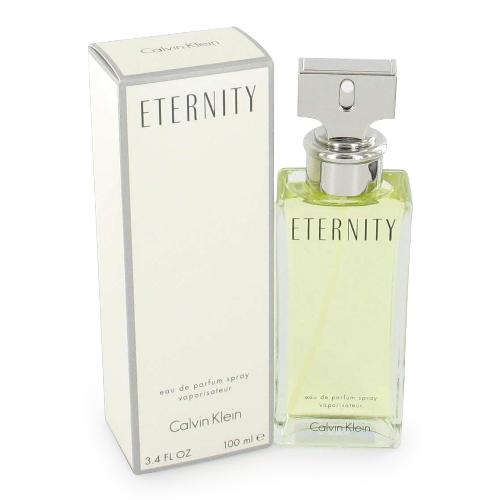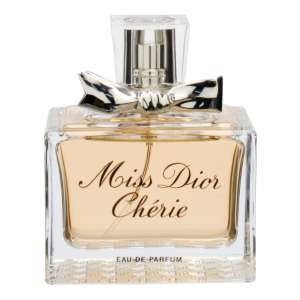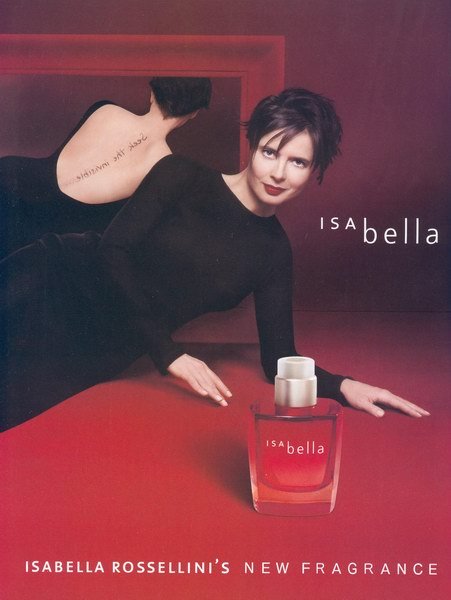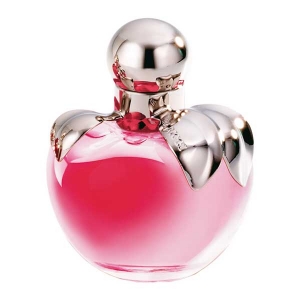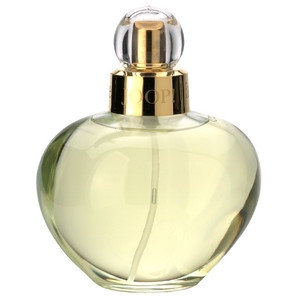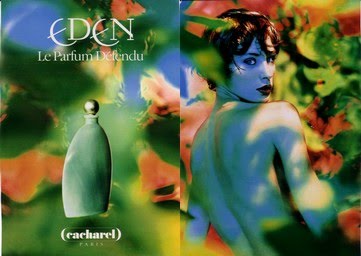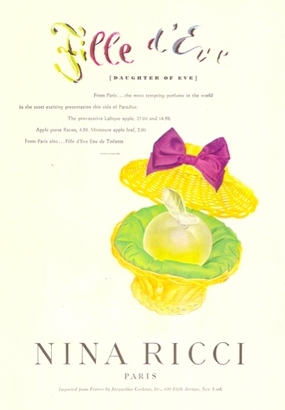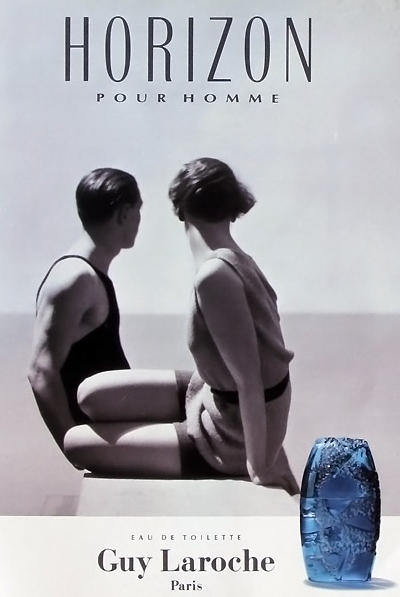December 31, 2012
Ways of Seeing Perfume Advertising
& the Case of Chanel No.5
By Elena Vosnaki
Advertising is intimately related to ideas of freedom: the freedom of choice for the buyer, the freedom of enterprise for the manufacturer and the freedom of the "free world" in general. But is this really freedom? The choices are already pitted against each other, always; it's the choice between this shaving foam and that shaving foam, this car and that car, this cheese spread and that cheese spread, with publicity all the while offering a single proposal tricking us into thinking we're free. That proposal is transforming our lives by having us buy something specific. The transformation is routinely communicated by showing advertising images of people who have been transformed through their choices, becoming enviable through their tasting the good life. And being envied is to a large degree what constitutes the modern notion of glamour.
Perfume itself is typically aspirational, being a perceived luxury and an escapist route catered to the middle-class. It's therefore tempting to ridicule the latest Chanel No.5 commercial with Brad Pitt -Saturday Night Live has done a smashing job at that already- as failing in generating glamour, scruff and all, but in many ways the commercial proves to be a clever (if indadvertedly hilarious) and sexy attempt at playing with some of the tropes in ways that don't immediately leap to the eye.
THE PLEASURE PRINCIPLE AND
THE PURSUIT OF HAPPINESS
Advertising works on the premise of pleasure seeking, on a first reading, and of happiness, on a deeper level that happiness is reassurance that everything is going to be OK, it's freedom from anxiety. But the real purpose of advertising ironically enough is to create a tension, a marginal dissatisfaction with the buyer's own current lifestyle. If only the product or opportunity offered is chosen, an improved alternative is presented for the grabbing. If you drive Jaguar, you're seen as classy. If you wear Chanel, you're seen as stylish and timeless. If you polish your floor with X wax, you're offering your family a spotless home and a superior living environment. If you indulge in Calvin Klein's Eternity, you too can get a slice of that happy family imagery by the beach. To get money and buy the product offered means overcoming that anxiety. It means avoiding being faceless, affording to be lovable; the implicit message is if you're able to spend, you will become more envied, more desirable. Sophistication and happiness mean living beyond that conflict.
The objects on ads depicted are real enough; beautiful clothes, stylish cars, sunshine and the adventure of discovering new lands, luxury perfumes, it doesn't matter what. But the real object of the pleasure that would be generated cannot be offered through advertising images, only the PROMISE of being made glamorous by the product or opportunity offered through it; in short those glossy images are a proposition that has to do with social relations, rather than with objects in themselves.
The newest Chanel No.5 commercial featuring Brad Pitt innovates in placing a man alone fronting a women's perfume, but also in shifting the focus from the woman who daydreams of a better self -a self-desired by those who meet her- into direct desire grafted onto herself by being reflected in a besotted monologue by a man, the narrator himself. The ultimate daydream for the soccer mom who feels weighed down by chores and a communicator of renewed desirability for the product by a relatively younger group of consumers who cannot connect to the classic status of maturity that is Chanel No.5.
Perfume advertising, like any good advertising, is in essence nostalgic too. It has to sell the past to the future; its reference to quality is necessarily retrospective. It relies on an imprecise reminiscence of lessons half-learnt, of culture archetypes regurgitated into an ultimately meaningless pastiche that however attains the goal of speaking to the unconscious.
PERFUME VISUALS ECHOING A CULTURAL TRADITION OF FOUR CENTURIES OF FINE ART
The transcription of the values and tropes of oil paintings into perfume advertising in particular are stunning, straddling the contradictory notions of wealth and spirituality. Using a work of art as a quote acts as a potent sign of cultural authority, of wisdom and appraisal ability, a reminder in the western world of being a cultured European.
Antoine Watteau's painting "The Swing" is reprised in an advertisement for Estee Lauder Pleasures eau de parfum featuring Liz Hurley. "La Grande Odalisque" (1814) by Jean-Auguste Dominique Ingres (and the re-interpretations by Modigliani and Lefevbre to follow it) is reprised in perfume ads for Paradoxe by Cardin and Agent Provocateur eau de parfum, featuring women's backs as an allusion to languorous sensual abandon.
Women leaning on the edge of a sofa are subtly less sexualized, though still redolent of sensuality hinting at wealth and the luxury of time above all: "Madame de Pompadour" (1757) by Francois Bouchet serves as the archetype to denote that luxurious aspect of time on one's hands to print ads of Dioressence by Dior, Coco by Chanel, Isabella by Isabella Rosselini, and Jennifer Lopez Still, among others.
The themes know no boundaries on emotive power, from one extreme to the other. Fidji by Laroche sees a woman clutching a giant perfume bottle to her bosom with all the tenderness exhibited by the mother figure in G.Klimt's "Mother and child". This is reassuring. The drama of baroque painting can also serve the advertiser's purpose into promising adventure on the one hand, but with the thrill of safely tasting it on the other. This is tension.
Happiness as judged from the outside by those who see us transformed. The unfocused look of those glamour images looks out over the looks of envy that sustain them. The buyer looks into an imaged of herself, transformed by the product offered into an object of envy for others. If you choose Dior J'Adore, you can feel like (and be seen like) Charlize Theron in a way; gorgeous, wealthy, unrestrained from petty everyday woes. If you choose Enjoli (1980) you too can be the successful woman to "bring home the bacon, fry it in a pan"; in short, you can have it both ways, you can have it all!
Therefore advertising offers this desirable illusion back to the buyer for the price of the product. The working self is condemned to envy the consuming self.
This contradiction of what the buyer is and what she would like to be is indirectly political in the broader sense; western democracies, with capitalism rampant, subject people into an envy compounded with a sense of practical powerlessness. This gap reflects the discrepancy of actual offers made by ads and the future promises they make. The only escape from this discrepancy can be DAYDREAMS and this is what perfume advertising is offering in spades.
Who hasn't daydreamed of riding a bicycle across a traffic-free Paris, munching on macaroons and popping colorful balloons in the air after seeing Sofia Coppola's commercial for Miss Dior Cherie?
Who hasn't reveled in the fantasy world of Chanel watching the "Share the Fantasy" commercials directed by Ridley Scott? A sunbathing goddess lying poolside declares, “I am made of blue sky, and golden light, and I will feel this way forever.” Who didn't watch the furtive glances on the train journey Audrey Tautou takes to Instanbul aboard the Orient Express without holding their breath for a few seconds?
The iconography of St.Peter's crucifixion, as depicted for instance by Luca Giordano (1692), signifies the fate of martyrs, one of abandon to higher moral exigencies, the tension of the painfully held pose imprinting itself in memory through a diagonal composition on the canvas. Opium eau de toilette by Yves Saint Laurent uses that same tension of pose in a 1980s print ad to communicate the opposite; the abandon there is due to intense pleasure rather than pain, to psychotropic daydreams induced by the fumes of the "addictive" perfume itself.
Paco Rabanne goes further into creatively using an art reference to add visual flavor: Paco Rabanne pour Homme is using a stunning play of light & shadow, the light piercing the image at the center, traveling from back to forth, the focus being a glamour photographer on the phone with his lover. This visual structure is no different than "Las Meninas" (1656) by Diego Rodriguez de Silva y Velazquez. It doesn't leap to the eye, but once you see them side by side, the comparison is eye-opening.
The vastly reprised in art cultural subtext of the mythological Eve and the forbidden apple (a reference overused in fairy tales) is quoted numerous times in perfume advertising: From the classic and discontinued Fille d'Eve by Nina Ricci, the modern Nina by Ricci in the silver & red apple-shaped bottle, All About Eve by Joop, to the less overt Eden by Cacharel, and finally all the way up to the none the less potent imagery of the Poison perfume series by Dior, the most blatant reference on which is the Hypnotic Poison print ads with Monica Bellucci and the venomous snake from Paradise lost.
Art photography isn't immune either, nor is classic film. Aesthetic excellence is communicated, through the print ads of Horizon by Guy Laroche which copies exactly the famous photo "The Divers" by George Honyningen Huene (1930).
Dior's Addict perfumes take off a blatant page off the Brigitte Bardot vehicle "...And God Created Woman" by Roger Vadim. Eau Sauvage (Dior again) goes to the roots by fronting actual clips from 1960s film "La Piscine" starring Alain Delon in what is not simply homage but direct quoting.
Dior plays this game best of all, it seems: In one memorable Poison ad, the composite delineation of a skull on the reflected image of a woman on her vanity table is an allusion to Memento Mori, a powerful signifier of the futility of life and the destructive quality of vanity throughout western art; a brilliant touch of self-irony on the part of the creative team.
The use of black & white is in itself an "art" touch, black & white film rolls of Brad Pitt before a faceless background, intercut with the saturated color shots of the perfume bottle of No.5 itself. Bergman-esque mise-en-scène and the art-house cinema touch only add to the bad poetry which reminds us of the rather more successful Calvin Klein commercial for Obsession from 1985: "Ashes, all ashes", reinforcing the idea of vanity, futility, destruction, and -amidst it all- constants in life...
THE FUTURE HOLDS THE PROMISE OF DEFERRED GRATIFICATION
At the same time, contrary to painting, film or art photography, advertising cannot claim a permanent record and therefore uses only the future tense, like an indefinitely prolonged Stanford Marshmallow Experiment; you will get more pleasure if you defer your gratification just a while longer and the succeeding advertisements for the same product accomplish just that.
In the Joe Wright commercial for Chanel No.5 the past is placing the context for the tradition and quality reference, but it is the future, endlessly deferred, which applies not to reality but to daydreams, much like the protagonist is recounting his own -rather nonsensical- daydream sequence, talking to an imaginary lover, the perfume itself, an imaginary SYMBOL of his one constant in life, a projection unto which women can see themselves.
Say what you may, there is no simple way of seeing perfume advertisements, because ultimately they require that greatest component of them all: you, as the interpretation of the dream is always personal to the dreamer.
Disclaimer: The views and opinions expressed herein are solely those of the author and/or guest contributors and do not necessarily state or reflect those of The Perfume Magazine LLC, Raphaella Brescia Barkley.
All content included on this site, such as text, graphics, logos, icons, videos and images is the property of The Perfume Magazine, LLC. or its content suppliers and protected by United States and international copyright laws. The compilation of all content on this site is the exclusive property of The Perfume Magazine, LLC. and protected by U.S. and international copyright laws.
The Perfume Magazine.com is solely owned and operated by Raphaella Barkley Raphaella Barkley; Editor, Founder and Owner of The Perfume Magazine LLC.
The Perfume Magazine Forums, The Perfume Magazine.com, The Perfume Magazine FaceBook,The Perfume Magazine Twitter, and Sniffapalooza Magazine.com, as well as all The Perfume Magazine Social Media, is also solely owned and operated by Raphaella Barkley and The Perfume Magazine LLC.
THE PERFUME MAGAZINE LOGO & BANNER
Perfume Magazine Brand Consultant: Tim Girvin
Our logo was created by GIRVIN | Strategic Branding, based in Seattle, NYC, and Tokyo. This is a specially built font that their design team created exclusively for Perfume Magazine. It is a custom cutting, redrawn and founded on a type design originated in 1798 by Giambattista Bodoni, drawn from the archives of Firmin Didot, an exemplar of luxurious design principles for hundreds of years. GIRVIN's team built the "fume" trail, as well as composited the arrangement of the bottles as part of the branding strategy.
The Perfume Magazine Banner was designed exclusively by GIRVIN and is the property of The Perfume Magazine, LLC.
All images appearing in the banner are registered trademarks of their respected company and are used with permission.
Creed Bottle image in The Perfume Magazine Banner is a registered trademark of Creed and used with permission.
Fracas Bottle image in The Perfume Magazine Banner is a registered trademark of Robert Piquet and used with permission.
The logo and banner are property of The Perfume Magazine, LLC. and are protected by U.S.and international copyright laws.
© Copyright. 2012. All Rights Reserved. The Perfume Magazine LLC 2012
"It could be successfully argued that no other field of
advertising is more loaded with glamour than the one catering to commercial perfumes. And there are complex reasons for that claim"
About Elena Vosnaki
“Very few people in the world are authentic experts on the aesthetics, the artists, and the artists’ historical times and professional achievement. Elena Vosnaki is one of this very small group, and her knowledge is jaw-dropping, detailed, art historically contextualized, and encyclopedic on the natural raw materials that make perfumes such compelling works of art. Moreover, she writes about scent masterfully and elegantly, and we are lucky to have her.”
~praise by Chandler Burr, the New York Times scent critic, author & curator of Department of Olfactory Art at the Museum of Arts & Design New York
I grew up in a family of scientists and artists, which instigated an inquisitive spirit in me with a passion for the finer things in life. My academic degrees are in History, History of Art and Archaeology, as well as Classical Music Studies and my scent hobby resulted in perfumery training as time allowed.
Scent and the sense of smell have been of high interest to me since I was a small child. Playing with my mother's and my very elegant grandmother's perfumes as a toddler, I soon progressed to reading whatever I could find on fragrances: magazine clippings; books on perfumes and essences, some from authors of classical antiquity; heavy volumes of chemistry and perfumery later on. The fascination with its history prompted me to collect & study a large sum of vintage fragrances, essential oils and synthetic materials for several years. As time and opportunities allowed, I studied formally attending perfumery seminars while pursuing my other academic interests, meeting people who were willing to teach me and travelled on places which presented aromatic challenges ~some of those I have recounted here, some are left to be told.
In 2000 a non-profit website was created that contained some of the perfume information I had been collecting for years, including a list of fragrances endorsed by the rich and famous. In 2006, after writing numerous reviews online on other venues, I created the Perfume Shrine ~my personal glimpse into the cosmos of perfumes: the materials that enrapture me, the perfumers who are responsible for the creation, the process of creation itself and the marketing & presentation of the finished product.
Fragrance writing progressed to fragrance consulting and my articles featured in various publications around the world (Harper's Bazaar, art magazines Iconofly and Soup, Basenotes in print and webzine Sniffapalooza Magazine among them). Several venues mentioned my work, ranging from the Financial Times, the Washington Times, Lucky Magazine, Allure, The Wine & Food Magazine and Tilar J.Mazzeo's book "The Secret of Chanel No.5" [Harper Collins 2010]. Perfume Shrine has made it to the "Best Perfume Blogs" list on the Hufffington Post. I was also interviewed by Vogue Hellas in regards to my unique position as a fragrance historian and writer in Greece.
My writing was recognised in the Fragrance Foundation (FiFi) Awards for Editorial Excellence in Fragrance Coverage twice, exclusively for Sniffapalooza Magazine and The Perfume Magazine in both 2009 and 2011. In 2010 I became the editor in chief of the independent, non-commercial platform for perfumery discourse Perfumism.com, hoping to open up a dialogue between industry professionals and the perfume-loving audience at large, while fragrance consulting with indie brands and individuals. I'm currently a contributing editor at Fragrantica, the biggest online perfume platform and developing a book on scents.
This path has enriched me as a person and I am very grateful for it.
Elena Vosnaki is a multi-lingual historian and Bronze Age archaeologist from Greece who has been collecting fragrances since she can remember and writing about them in various publications around the world. After getting her degree in Musical studies the realization that perfumery is an art-form as well dawned on her and more formal studying of the fiber of that art form began continuing to this day. To that end she created perfumeshrine.com, a site dedicated to the finer pleasures in life.
